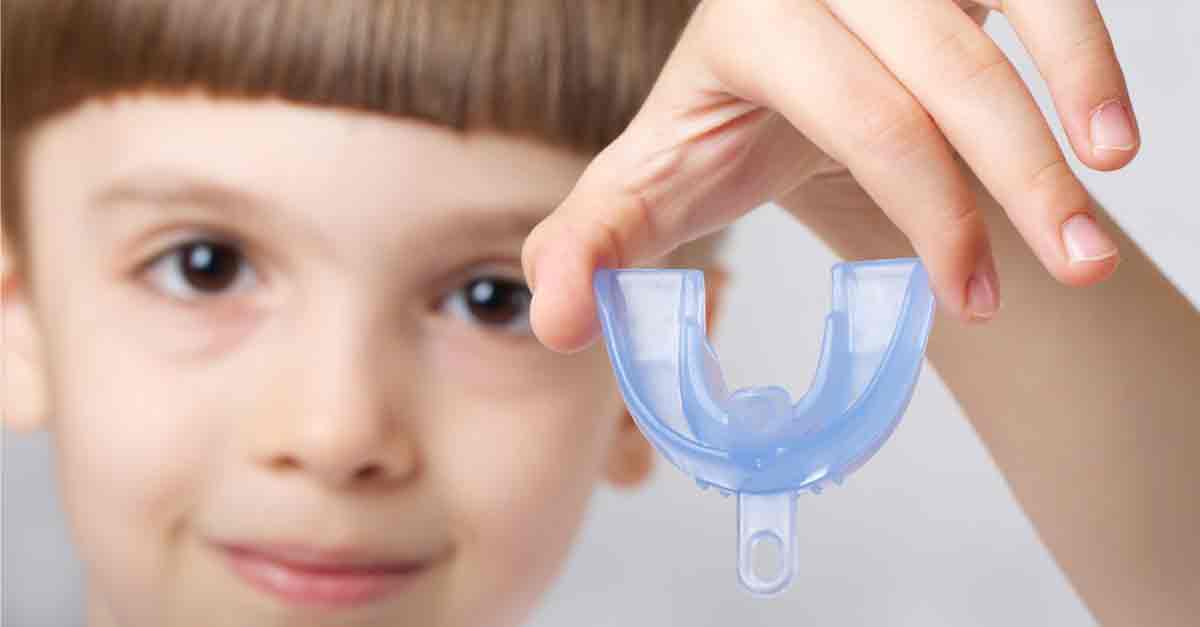What did they ask?
They did this study to answer this question.
“What are the clinical effects of myofunctional treatment on children with mouthbreathing by cephalometric radiographs and study models”?
What did they do?
The team carried out a non-randomised concurrent controlled trial.
The PICO was:
Participants:
224 young patients aged 5-10 years with a normal body mass index, class I molar relationship, skeletal Class I and normal vertical facial growth.
Intervention.
The patients were divided into three groups
- Functional mouth breathers who had myofunctional treatment (n=75)
- Mouth breathers with no treatment (n=70)
- Nasal breathers with no treatment (n=79).
They based the treatment allocation on clinician and patient preferences. Notably, the functional mouth breathers with no treatment were placed in that group because the parent and child declined treatment.
Outcome
Cephalometric and study cast measurement at the start and end of treatment.
The patients were diagnosed as mouth breathers by an otolaryngologist physician from physical examination and patient history.
The nasal breathing group breathed through their noses but had mild malocclusions, and the orthodontist recommended regular visits. However, I think that they did not receive treatment.
The children in the myofunctional treatment group were asked to do myofunctional exercises and wear a Myobrace appliance for 2 hours during the day and night while sleeping.
The team did a sample size calculation based on detecting a difference of 1.47mm in overjet.
The statistician analysed the data with a paired t-test and analysis of variance.
What did they find?
The mean duration of myofunctional treatment was 13 months.
The team presented much cephalometric data with many measurements tested several times. They also presented data within and between the groups. I found this confusing and decided to look at the data simply.
Firstly, there were no fundamental differences between the groups at the start of treatment. I then looked for any differences between the groups at the end of the treatment. This is a logical step because if there were no differences at the start, any differences in the final outcomes should be due to the intervention or average facial growth. I extracted this information from the three highly detailed tables of cephalometric measurements.
| Outcome |
Mouth breathing
(treatment) |
Mouth breathing
(no treatment) |
Nasal breathing
(no treatment) |
| SNA (degrees) |
82.65(1.67) |
82.97(1.26) |
82.96(1.47) |
| SNB (degrees) |
80.0 (1.66) |
79.76(1.37) |
80.4 (1.53) |
| ANB (degrees) |
2.61 (0.65) |
3.21 (0.73) |
2.56 (0.83) |
| FH-MP (degrees) |
31.3 (3.0) |
32.29 (1.09) |
30.09 (1.5) |
| Overjet (mm) |
3.03 (0.66) |
4.34 (0.91) |
3.18 (0.48) |
| Overbite (mm) |
0.52(1.06) |
-1.2(0.99) |
0.04 (1.28) |
| Upper canine width (mm) |
29.9 (1.72) |
28.18(1.08) |
29.9 (0.98) |
| Lower canine width (mm) |
26.8 (1.0) |
26.67(1.09) |
26.48 (1.14) |
You can see that I have not outlined the p values from the statistical analysis. This is because these are irrelevant when looking at the effect sizes. These differences are in the order of about 1 degree or 1mm and are not clinically significant, even though they may be statistically significant. Furthermore, if we consider that the nasal breathers group with no treatment represents average growth, it appears that the myofunctional treatment did not influence anything.
These small changes are even more relevant when considering that the overjet in the treatment group was reduced from 3.7 to 3.03mm after 13 months of treatment.
At the end of a lengthy discussion that did not address the small effect sizes, the authors concluded.
“After myofunctional treatment the treatment group showed better dentofacial growth”.
I think that the data does not support this bold conclusion.
They also pointed out that this study was subject to selection bias as they could not ethically carry out a randomised trial. They went on to state that an RCT was needed.
What did I think?
It should be no surprise to the regular readers of this blog to recognise that this study is subject to selection bias. As a result, we need to appreciate the high degree of uncertainty in the data. At this point, I would like to recap some basics of study design.
I was not sure about this definition. As a result, I found further information, this stated.
“In a non randomised trial the investigator has control over the allocation of participants to groups, but does not attempt randomisation (eg patient or physician preference)”.
“A concurrent cohort study is a follow up study that compares outcomes between participants who have received an intervention and those who have not”.
“Importantly, non-randomised studies are not designed to minimise bias and may give misleading results. As a result, non-randomised studies should only be undertaken when RCTS are unfeasible or unethical”.
As far as I am concerned, there are no ethical reasons that stop investigators from doing a trial of myofunctional treatment.
Final thoughts
Even if we accept that this study has some flaws, we cannot possibly get excited about the small effect sizes. In fact, I wonder how anyone can state that this treatment is effective when we consider that the treatment took 13 months to achieve very little.
It is great to see that some groups are carrying out studies into this interesting treatment. However, this is another study that suggests this treatment does not really do much?

